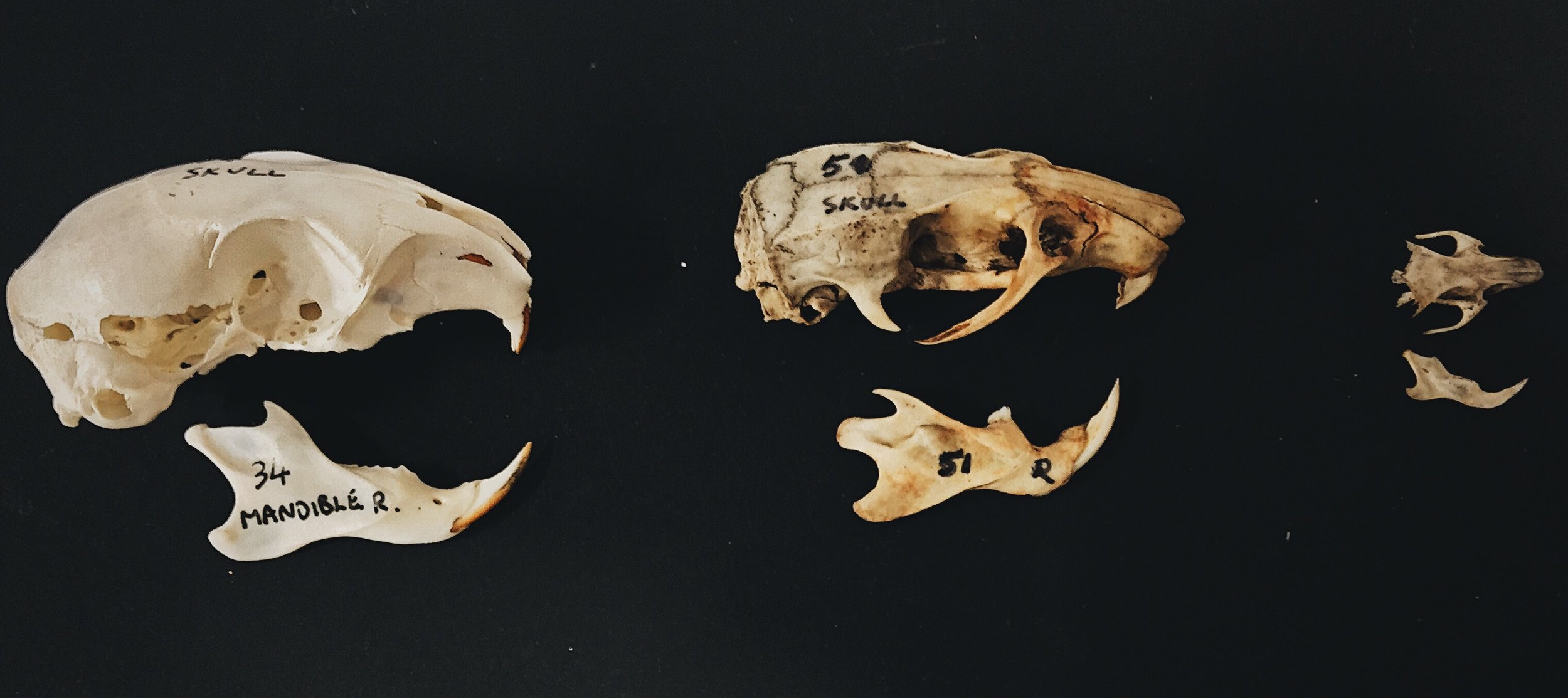Welcome to episode three of a miniseries focusing on the zooarchaeology of various world regions. Join us on a journey to Oceania as we learn about the natural history and anatomy of the most prominent wild and domesticated species found in the area. Tune in to learn more about creatures such as the cassowary, thylacine and platypus.
Álvarez-Varas, R., Barrios-Garrido, H., Skamiotis-Gómez, I., & Petitpas, R. (2020). Cultural role of sea turtles on Rapa Nui (Easter Island): Spatial and temporal contrast in the Pacific island region. Island Studies Journal, 15, 253-270.
Bessarab, D., & Forrest, S. (2017). Anggaba jina nimoonggoon: Whose knowledge is that? Aboriginal perspectives of community development. Mia Mia Aboriginal Community Development: Fostering cultural security. Cambridge: University Press, Cambridge, 1-18.
Bino, G. et al. (2019). The platypus: evolutionary history, biology, and an uncertain future. Journal of mammalogy, 100(2), 308-327.
DiNapoli, R. J., Lipo, C. P., & Hunt, T. L. (2021). Triumph of the Commons: Sustainable Community Practices on Rapa Nui (Easter Island). Sustainability, 13(21), 12118.
Douglass, K. et al. (2021). Late Pleistocene/Early Holocene sites in the montane forests of New Guinea yield early record of cassowary hunting and egg harvesting. Proceedings of the National Academy of Sciences, 118(40), e2100117118.
Field, J. et al. (2000). ‘Coming back’ Aborigines and archaeologists at Cuddie Springs. Public Archaeology, 1(1), 35-48.
Field, J., & Dodson, J. (1999). Late Pleistocene megafauna and archaeology from Cuddie Springs, south-eastern Australia. In Proceedings of the Prehistoric Society (Vol. 65, pp. 275-301). Cambridge University Press.
Hartnup, K. et al. (2011). Ancient DNA recovers the origins of Māori feather cloaks. Molecular Biology and Evolution, 28(10), 2741-2750.
Hofman, C. A., Rick, T. C., Fleischer, R. C., & Maldonado, J. E. (2015). Conservation archaeogenomics: ancient DNA and biodiversity in the Anthropocene. Trends in ecology & evolution, 30(9), 540-549.
Jackson, S. (2010). Koala: Origins of an Icon. Allen and Unwin.
Lawal, R. A., & Hanotte, O. (2021). Domestic chicken diversity: Origin, distribution, and adaptation. Animal Genetics, 52(4), 385-394.
Paddle, R. (2002) The last Tasmanian Tiger: the history and extinction of the Thylacine. Cambridge University Press.
Shipman, P. (2021). What the dingo says about dog domestication. The Anatomical Record, 304(1), 19-30.
Skippington, J., Manne, T., & Veth, P. (2018). Macropods and measurables: A critical review of contemporary isotopic approaches to palaeo-environmental reconstructions in Australian zooarchaeology. Journal of Archaeological Science: Reports, 17, 144-154.
Tsang, R. et al. (2021). Rock Art and (Re) Production of Narratives: A Cassowary Bone Dagger Stencil Perspective from Auwim, East Sepik, Papua New Guinea. Cambridge Archaeological Journal, 1-19.

